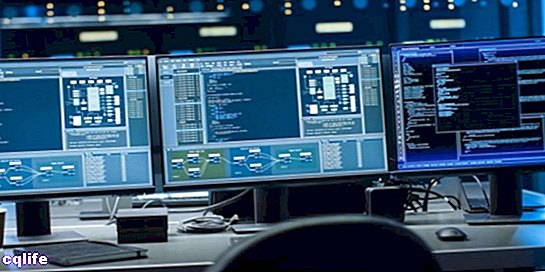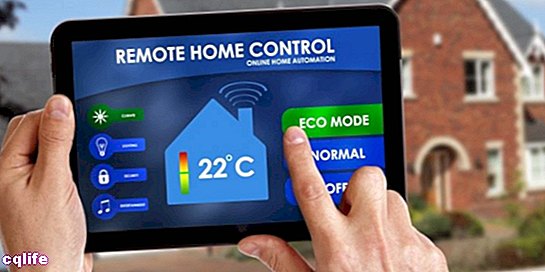We explain what a computer interface is, its types and the characteristics of the user interface and the graphical interface.

What is an interface?
In computing, the word interface is used to refer to the physical and logical dynamics of interconnection between two devices or systems independent, or between a computer system and its Username human. This term is a loan from English interface, understood as a “contact surface” between two entities, and became popular through the technology computing.
The interfaces serve to standardize and facilitate the exchange of information. They can be of different types, depending on the specific environment in which they take place and the strategies that they use to carry out their mission, as in the case of:
- User interfaces, when they serve to communicate the user of a computer system with the latter. For example: a keyboard and a mouse they constitute a user interface between a PC and its user.
- Physical interfaces, when they serve to physically (that is, electronically) connect two devices. For example, USB ports from computers and consoles.
- Logical interfaces, when they allow communication between two programs or pieces of software, as in the case of computer protocols. For example, the API and the DOM.
So that, deep down, interfaces are at the same time a space, a tool and a dynamic of exchange of information. data.
User interface
In the specific case of user interfaces, we refer to the space or environment in which the interactions between the machine and the user take place, designed to facilitate communication between the two. Generally, they are intuitive spaces, user-friendly, which through different dynamics allow the user to manage the complex processes of the computer system.
Thus, user interfaces cover three different levels of interaction between human and machine, which are:
- Interfaces hardware, which refer only to the physical and electronic components of the system that allow the user to enter and extract information to the system. Such is the case of keyboards, mice (mice), touch screens and / or displays, etc.
- Interfaces software, which refer to the specific operation of computer programs and virtual information that "occurs" or "takes place" within the computer. Such is the case of the applications that we use daily in our work with computers.
- Interfaces software-hardware, which are dedicated to establishing a bridge between machine and user, to “translate” the human instructions into the system language and allow it to carry them out exactly, and at the same time “translate” the responses of the code system binary to a language recognizable by the user.
At the same time, according to their way of interacting with the user, the interfaces can be classified into:
- Command Line Interfaces (CLIs), when they consist of sequences of alphanumeric characters, that is, text only. For example, MS-DOS.
- Graphical user interfaces (GUI), when they reproduce a simulated visual environment (virtual) whose logic allows communication with the user. For example, Microsoft Windows.
- Natural User Interfaces (NUIs), when they employ “natural” dynamics of the human being, As the speaks or touch (through touch screens) to communicate directly with the user. For example, personal service AI programs (such as Siri, from Apple).
Graphic interface

In general, graphical user interfaces (GUIs) are computer programs dedicated to mediating between the user and a computerized system. They provide a visual environment with images, animations and graphic objects that represent the information of the system and the possible actions to carry out. Its main use is as Operating system, as is the case with Microsoft Wiindows, iOS, Mac OS, Linux, Android, etc.
This type of interface offers the user an interactive graphic language, made up of icons, signals, movements and other dynamics that represent the actions of the computer system. They provide a much friendlier working environment than a black screen with a command line of text, or worse yet, a set of algebraic operations.
The first graphical user interfaces emerged in the 1970s, as part of the first personal computers to be offered commercially. They used the metaphor of the office desk as a reason for the graphical environment, since computers were initially thought of exclusively as work tools.
Subsequently, the arrival of the first Apple and Microsoft products brought with it an important leap forward in this matter, so much so that nowadays interaction with a computer system is unthinkable without this type of virtual (or natural) tools at our disposal.
